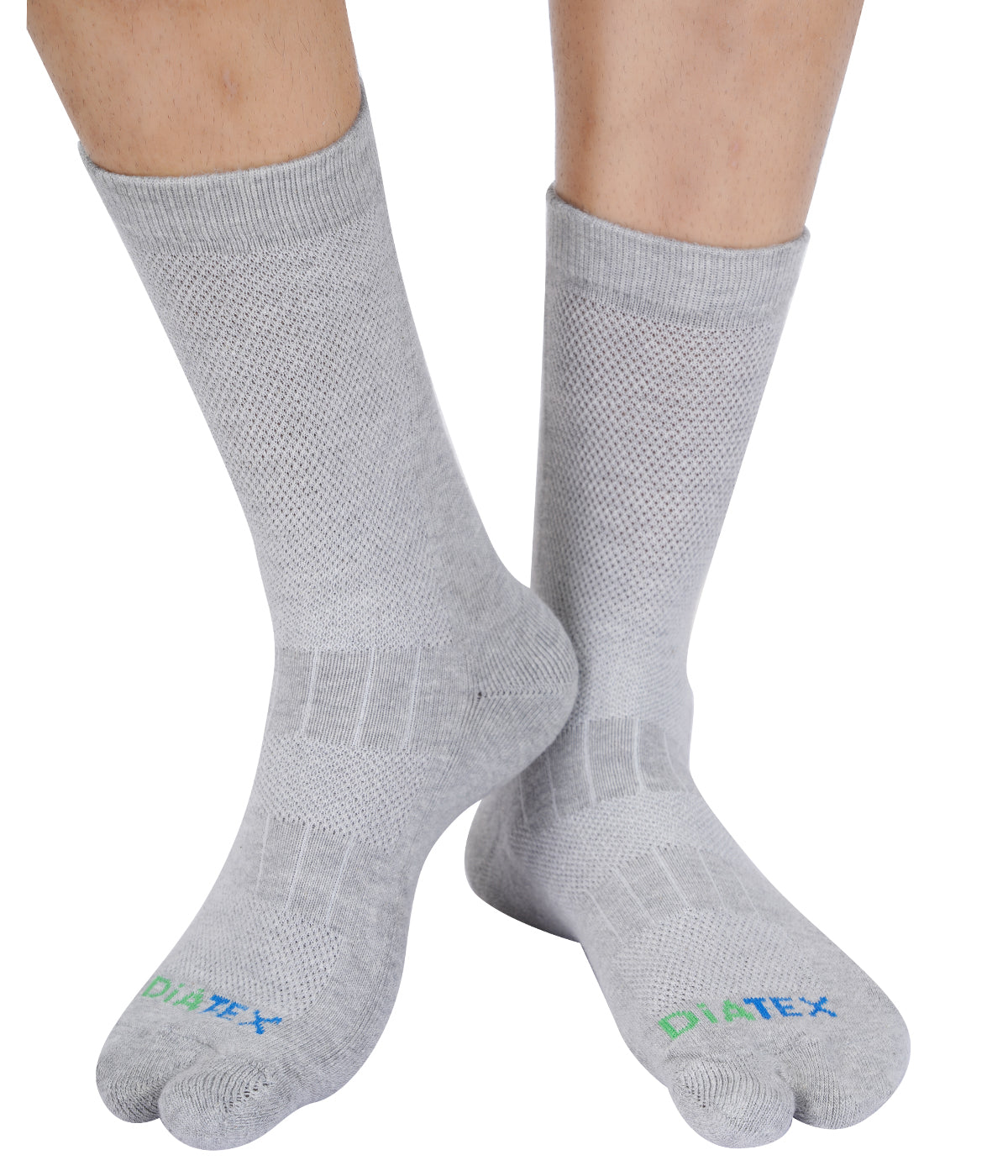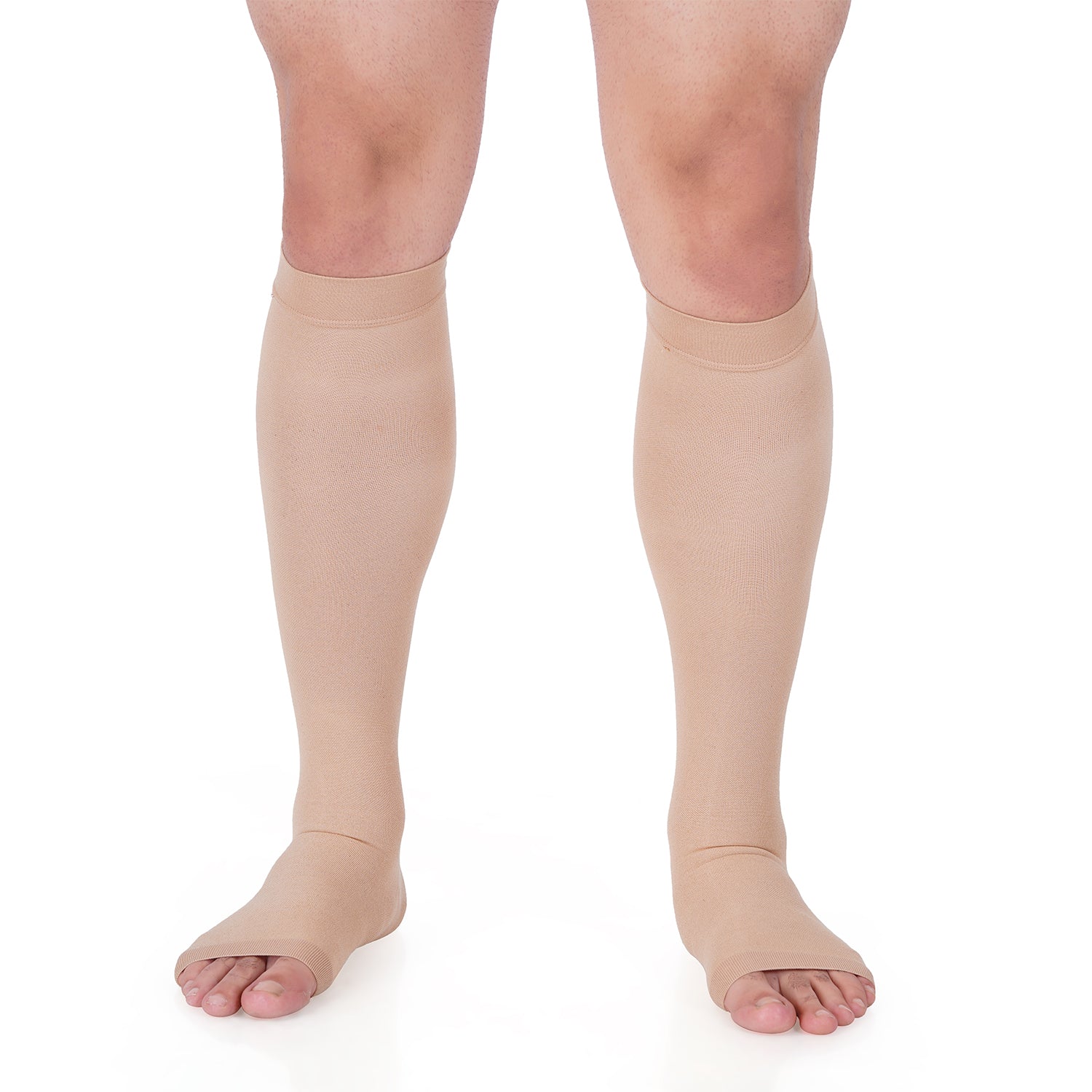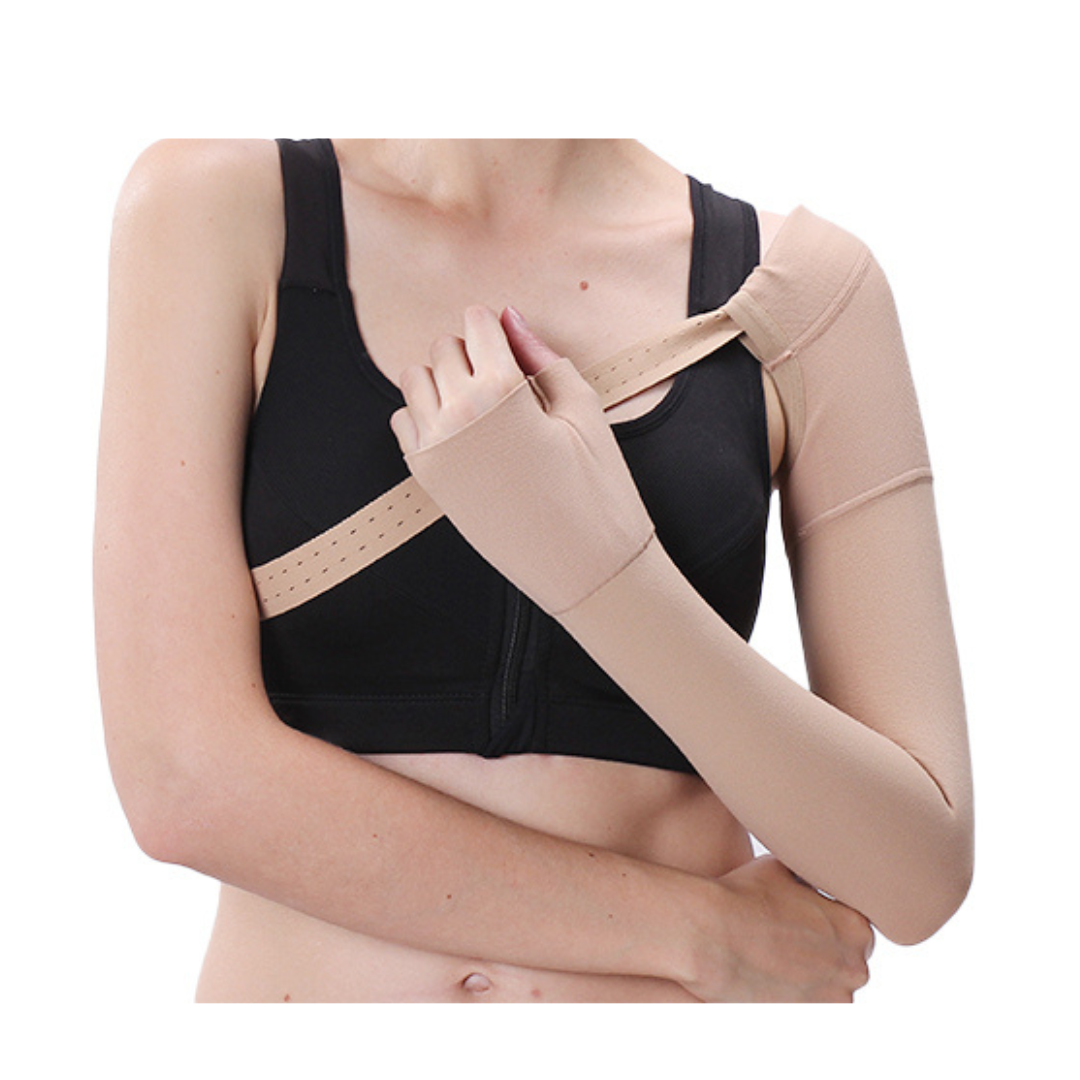Introduction
Compression stockings are a widely recommended solution for managing varicose veins and promoting better leg health. However, selecting the right compression stockings can be overwhelming with the numerous options available. In this comprehensive guide, we will walk you through the essential factors to consider when choosing compression stockings for varicose veins. From compression levels to size and fit, this guide will provide you with the necessary information to make an informed decision and find the perfect compression stockings for your needs.
Understanding Compression Levels
Compression stockings come in various compression levels, which determine the amount of pressure applied to the legs. Compression stockings are evaluated and categorized based on their compression level, which is typically measured using the unit of millimeters of mercury (mmHg). Here are the common compression levels and their recommended uses:
-
Mild Compression (8-15 mmHg): Ideal for individuals who experience mild leg fatigue and discomfort. Mild compression stockings provide light support and are often used for preventive measures.
-
Moderate Compression (18-21 mmHg): Suitable for individuals with mild to moderate varicose veins, swelling, and leg fatigue. Moderate compression stockings offer increased support and are commonly used for everyday wear.
-
Firm Compression (23-32 mmHg): Recommended for individuals with moderate to severe varicose veins, swelling, and leg pain. Firm compression stockings provide stronger support and are typically prescribed for therapeutic purposes.
-
Extra-Firm Compression (34-46 mmHg): Reserved for individuals with severe varicose veins, chronic venous insufficiency, and post-surgical recovery. Extra-firm compression stockings offer maximum support and are usually prescribed by healthcare professionals.
Size and Fit Matters
Achieving the right fit is crucial to ensure the effectiveness and comfort of compression stockings. Here's how to determine the right size:
-
Measure Your Legs: Take out a measuring tape and measure the circumference of your ankle, calf, and thigh to obtain accurate measurements of your legs. Take measurements in the morning when your legs are less swollen.
-
Consult the Sizing Chart: Refer to the sizing chart provided by the compression stocking manufacturer. Match your measurements to the corresponding size on the chart.
-
Consider Length: Compression stockings come in different lengths, including knee-high, thigh-high, and pantyhose. Choose a length that suits your needs and covers the affected area.
-
Try Them On: When you receive your compression stockings, try them on and ensure they fit snugly but comfortably. Make sure there are no wrinkles or bunching that could affect their effectiveness.
Material and Comfort
Compression stockings are made from various materials, each with its own benefits. Consider the following factors for optimal comfort:
-
Breathability: Look for compression stockings made from breathable materials like nylon or microfiber. Breathable fabrics help prevent excessive sweating and keep your legs cool and comfortable.
-
Moisture-Wicking Properties: Moisture-wicking compression stockings can effectively manage perspiration and keep your legs dry. This feature is especially beneficial for individuals with sensitive or prone-to-irritation skin.
-
Softness and Flexibility: Choose compression stockings that feel soft against your skin and allow freedom of movement. Flexible materials like spandex or elastane ensure a comfortable fit throughout the day.
-
Allergy Considerations: If you have any known allergies or sensitivities, check the composition of the compression stockings to ensure they are free from materials that may cause irritation.
Graduated Compression for Optimal Support
Compression stockings are designed with a graduated compression system, where the pressure is at its highest around the ankles and gradually diminishes as it extends up the leg. This design promotes effective blood flow and prevents blood from pooling in the lower extremities. When selecting compression stockings, ensure they have a graduated compression design to reap the maximum benefits.
Consulting with a Healthcare Professional
If you have severe varicose veins, underlying health conditions, or unique circumstances, it is advisable to consult with a healthcare professional. They can provide personalized recommendations on the appropriate compression level, size, and other factors specific to your condition. Seeking professional guidance will ensure you choose compression stockings that cater to your individual needs.
Conclusion
Choosing the right compression stockings for varicose veins is essential for managing symptoms and promoting leg health. By understanding compression levels, considering size and fit, prioritizing comfort, and opting for graduated compression, you can find the perfect compression stockings for your needs. Take control of your varicose veins today with the right compression stockings.












